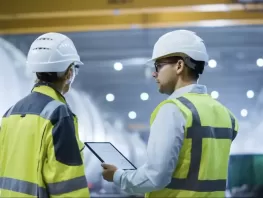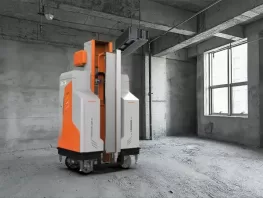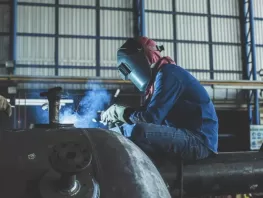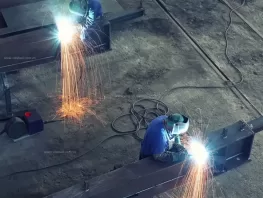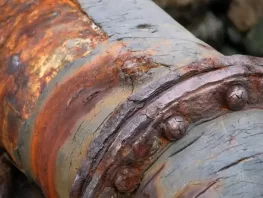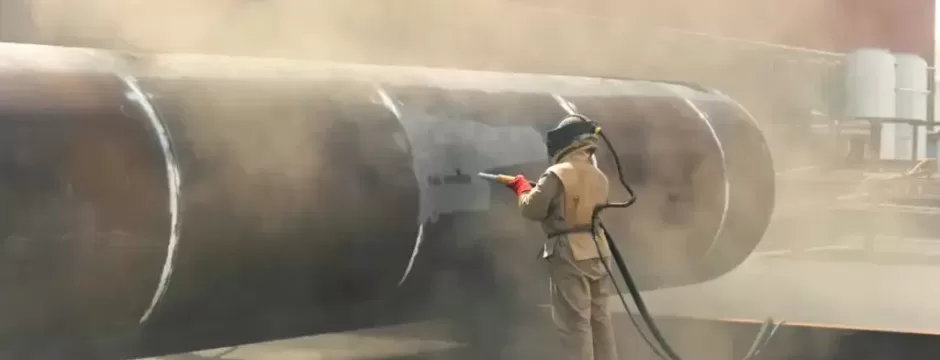
How to Choose the Right Sandblasting Method for Large Industrial Surfaces
Posted Sep 08, 2025 by Dave Scaturro

If you’ve ever tried to paint over rust or an old, failing coating, you know the result—it flakes, peels, and fails faster than you can say “warranty claim”. That’s why proper surface prep is the make-or-break step in any industrial painting project. And for large-scale steel, concrete, or machinery, sandblasting (also called abrasive blasting) is the gold standard.
But here’s the thing—there’s more than one way to blast. The method you choose can affect cost, speed, safety, and the quality of the final finish. At Alpine Painting, we’ve blasted everything from massive storage tanks in Newark to steel bridges in Trenton, and the right approach depends on your surface, your environment, and your goals.
Dry Abrasive Blasting: The Workhorse
This is the classic—compressed air pushing abrasive media (like steel grit, aluminum oxide, or garnet) at high velocity to strip coatings, rust, and contaminants.
Best for:
Heavy rust and multiple coating layers
Structural steel, tanks, ship hulls
Situations where speed matters
Pros: Fast, aggressive, produces a clean surface profile for coatings to bond.
Cons: Dusty—requires containment and environmental controls to prevent spread.
Wet (Slurry) Blasting: Dust Control Hero
Mixing water with abrasive knocks down most of the dust, making it better for jobs near occupied buildings, sensitive equipment, or environmental restrictions.
Best for:
Lead paint removal (less airborne contamination)
Coastal facilities with strict EPA/DEP oversight
Food processing or sensitive manufacturing areas
Pros: Reduced dust, less static charge.
Cons: Slower, requires drying time before coating.
Vacuum Blasting: Contained & Precise
This system sucks up abrasive and debris as it blasts, keeping the work area clean and contained.
Best for:
Active facilities where downtime is minimal
Spot repairs on equipment
Confined spaces or near sensitive machinery
Pros: Minimal mess, less cleanup, ideal for in-plant work.
Cons: Slower production rate, higher equipment cost.
Choosing the Right Media
It’s not just the method—the abrasive media matters too.
Steel grit/shot: Heavy-duty rust and coating removal
Garnet: Cleaner cut, less dust, eco-friendly
Glass bead: Smooth finish for stainless or aluminum
Specialty abrasives: For delicate surfaces or compliance needs
At Alpine Painting, we match the abrasive profile to your coating manufacturer’s specs—because the wrong profile can void a warranty before the first coat dries.
Real-World Example
We recently tackled a 100,000-gallon water tank in North Jersey. The client wanted a full interior and exterior repaint, but the site was near residential homes. We went with a wet blasting system to control dust and meet DEP requirements, then applied a three-coat epoxy/polyurethane system. The result? A tank that’s corrosion-free and complaint-free.
Bottom Line
There’s no one-size-fits-all blasting method. The right choice depends on your surface condition, environmental rules, and operational needs. Pick wrong, and you risk wasted time, regulatory trouble, and coating failure.
Need help picking the perfect blasting method for your industrial project?
Contact Alpine Painting & Sandblasting Contractors today. We’ll assess your site, your schedule, and your compliance requirements to deliver a blasting plan that’s efficient, safe, and coating-ready.
